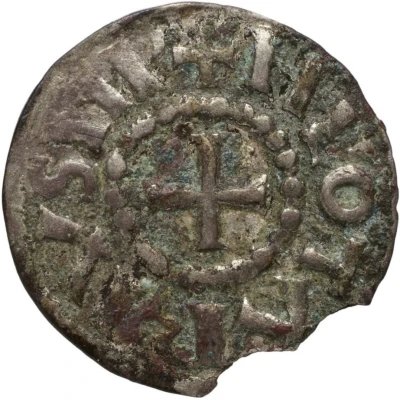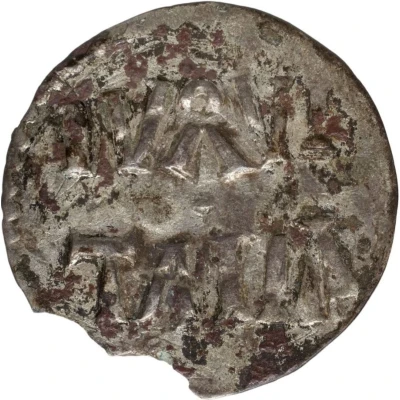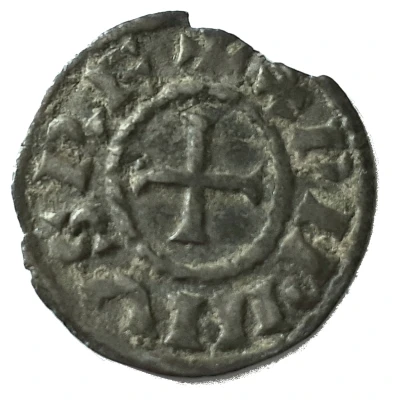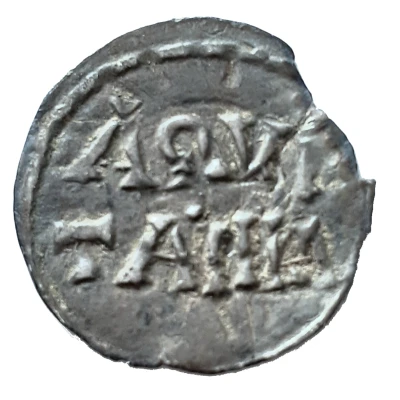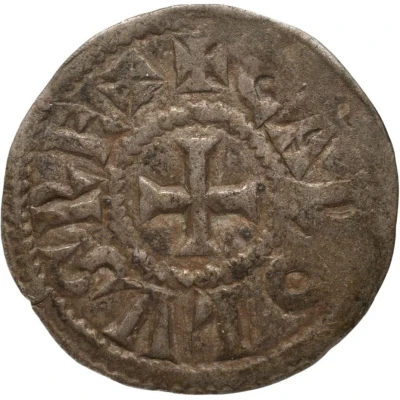
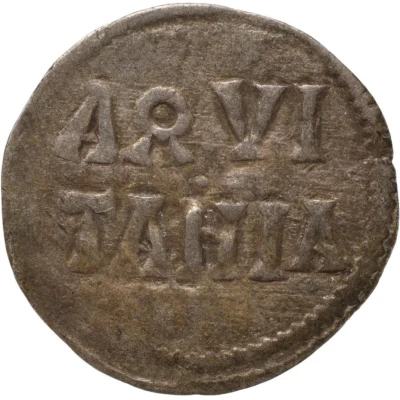

© Bibliothèque nationale de France / Gallica
Obol - Charles II
| Silver | 0.69 g | - |
| Issuer | Kingdom of Aquitaine (Carolingian States) |
|---|---|
| King | Charles II the Bald (832-834,838-845) |
| Type | Standard circulation coin |
| Years | 832-845 |
| Value | 1 Obol (1⁄480) |
| Currency | Pound (781-987) |
| Composition | Silver |
| Weight | 0.69 g |
| Shape | Round (irregular) |
| Technique | Hammered |
| Orientation | Variable alignment ↺ |
| Demonetized | Yes |
| Updated | 2024-10-09 |
| Numista | N#343404 |
|---|---|
| Rarity index | 100% |
Reverse
Legend in two lines.
Script: Latin
Lettering:
AQVI
TANIA
Translation: Aquitaine.
Interesting fact
One interesting fact about the Obol coin is that it was used as a form of currency during a time of great economic and political change in Europe. The coin was issued during the reign of Charles II, also known as Charles the Bald, who was the King of the West Franks and the Emperor of the Carolingian Empire. This period saw the rise of feudalism and the decline of the Carolingian Empire, and the Obol coin was used as a means of exchange and payment during this time. Despite its small size and relatively low value, the Obol coin played an important role in the economy of the Kingdom of Aquitaine and the surrounding regions.
